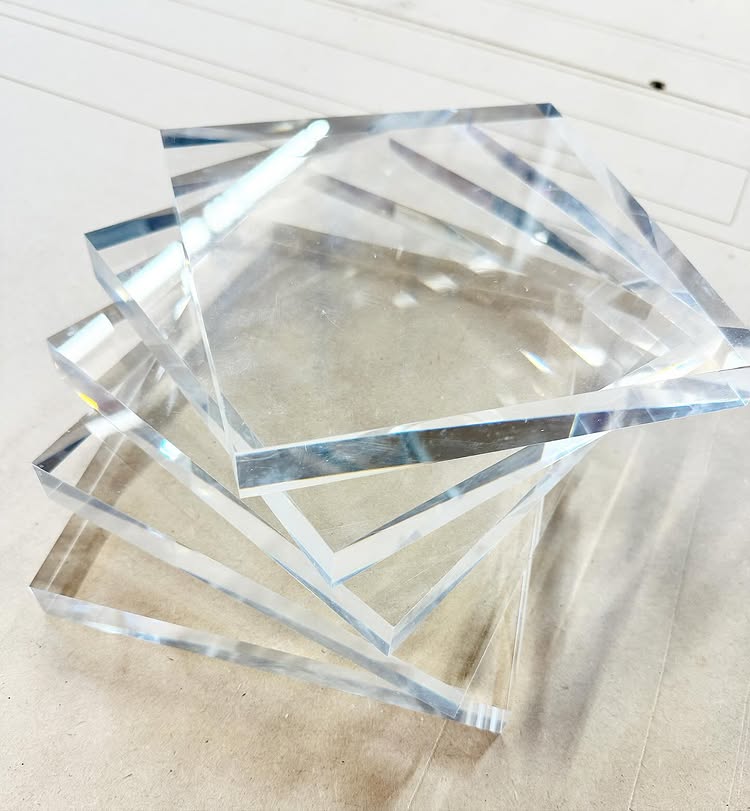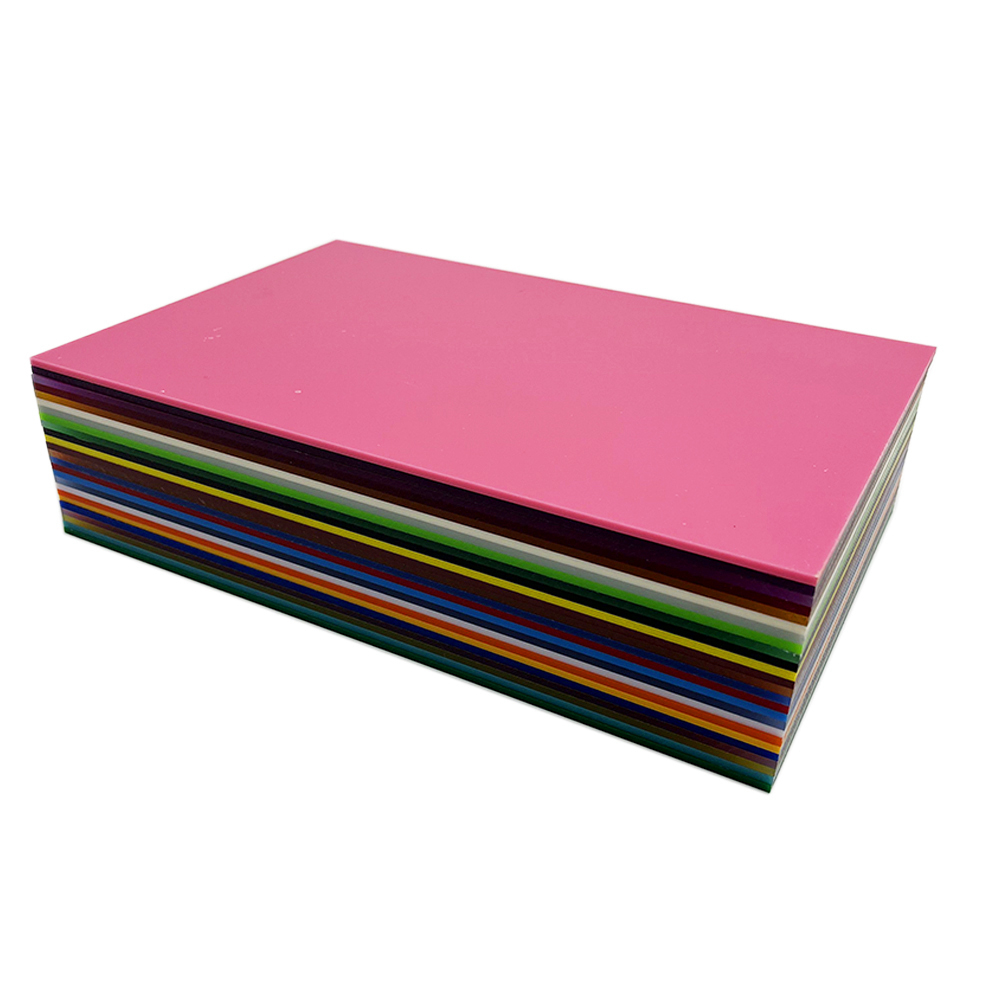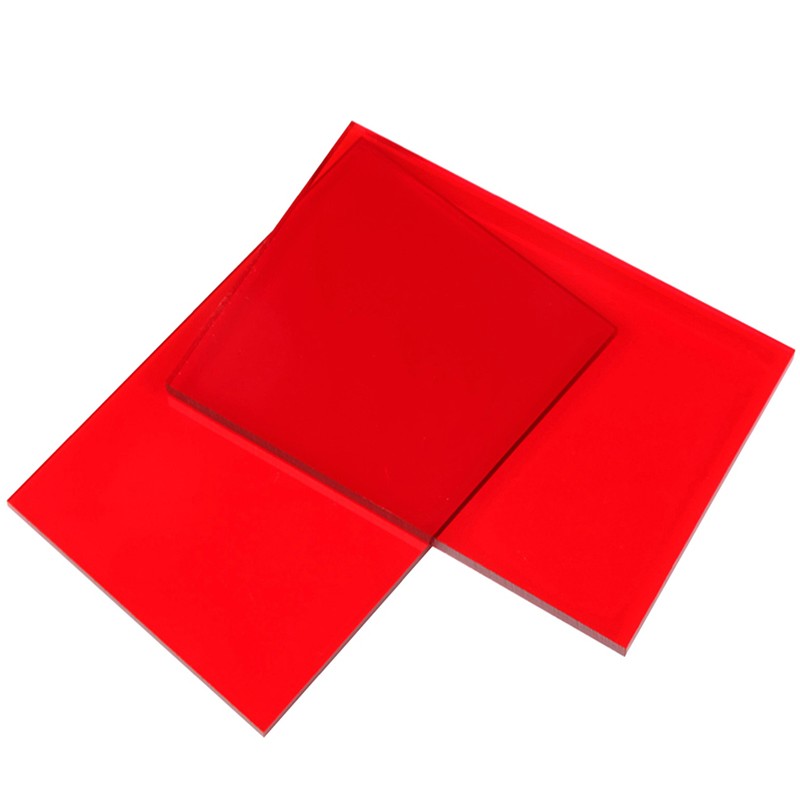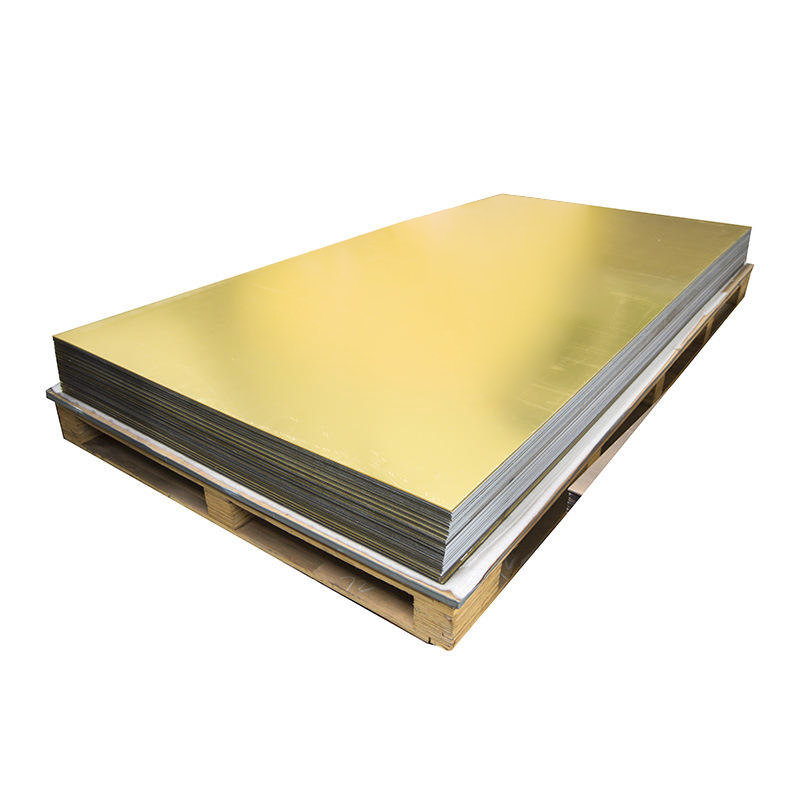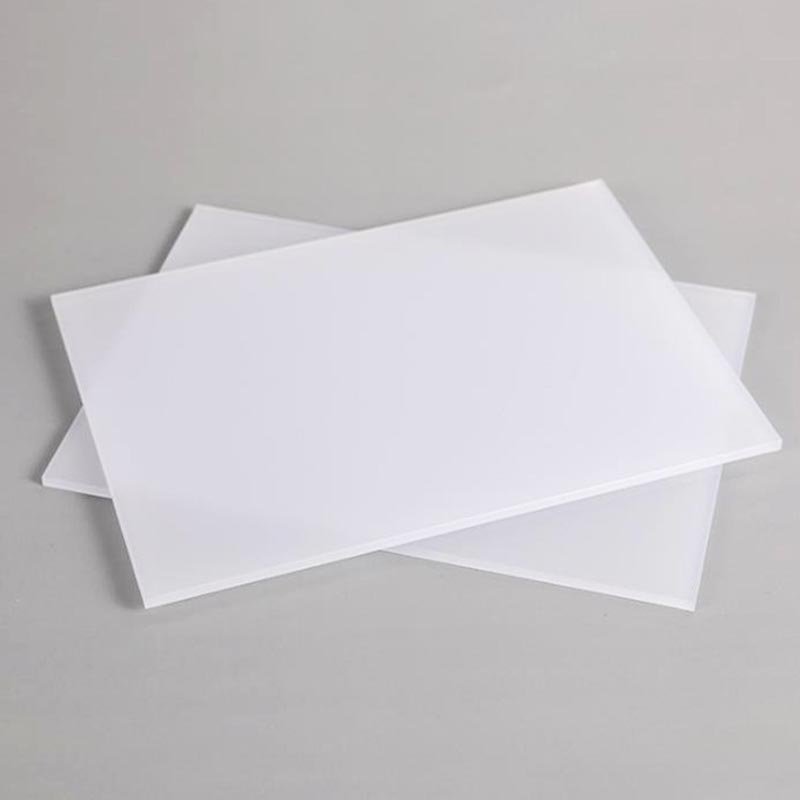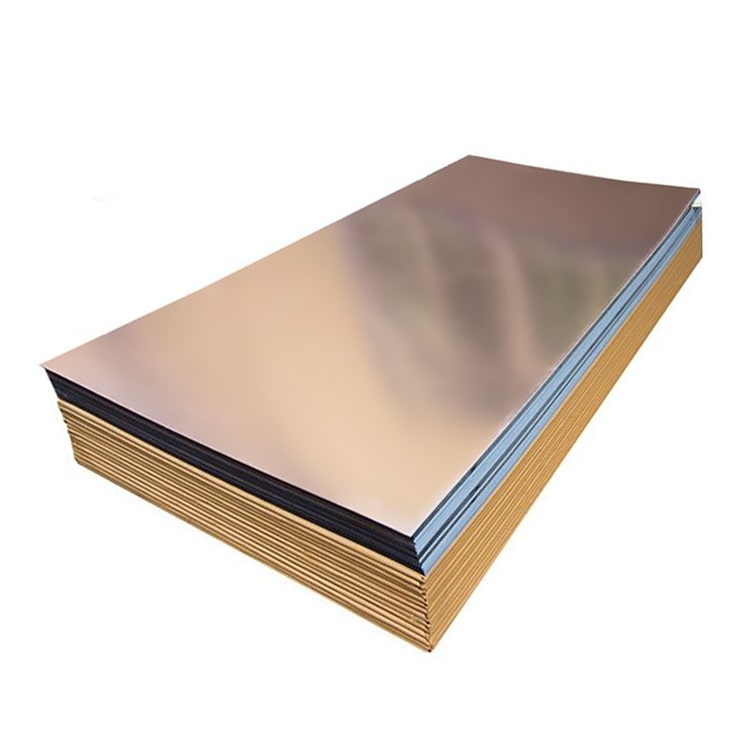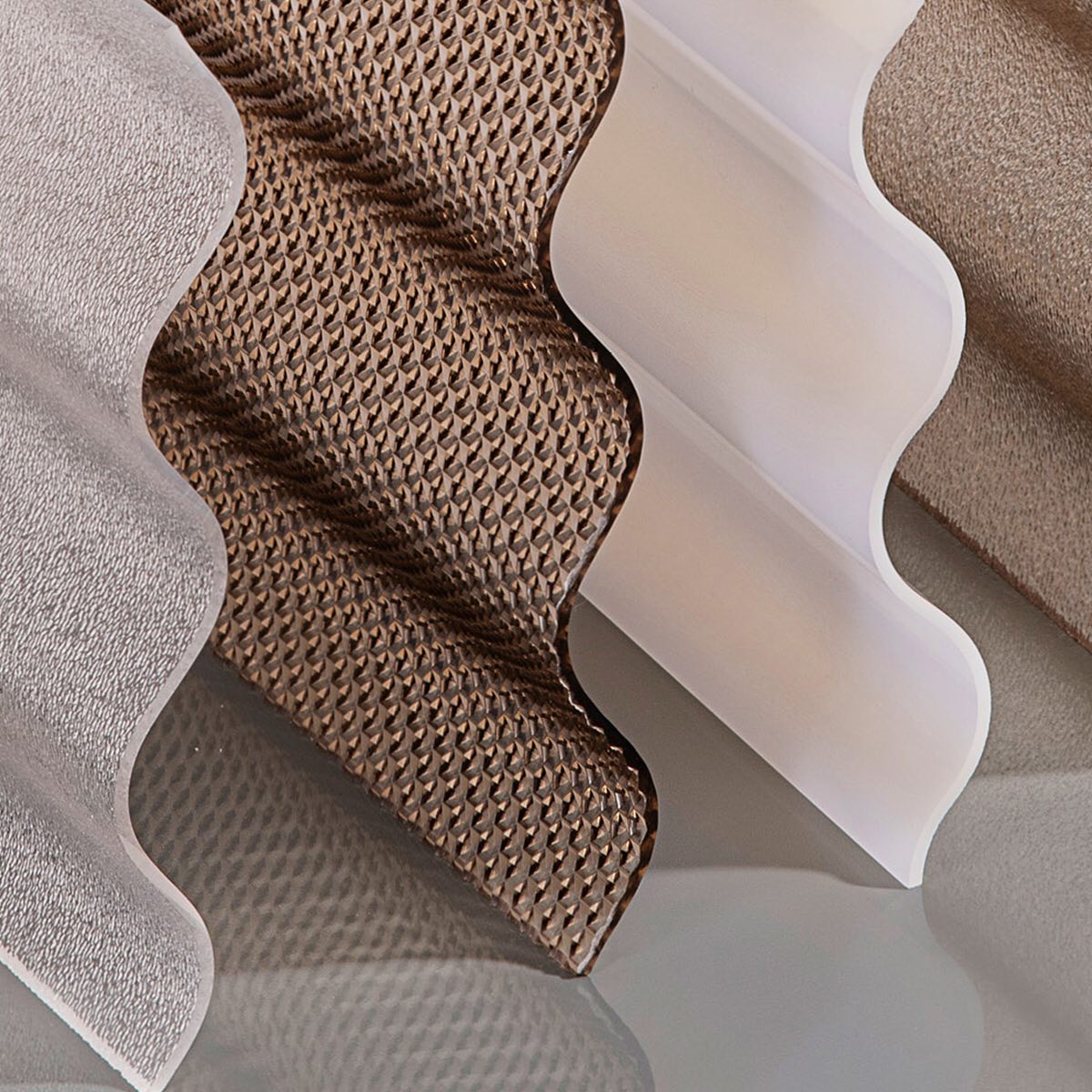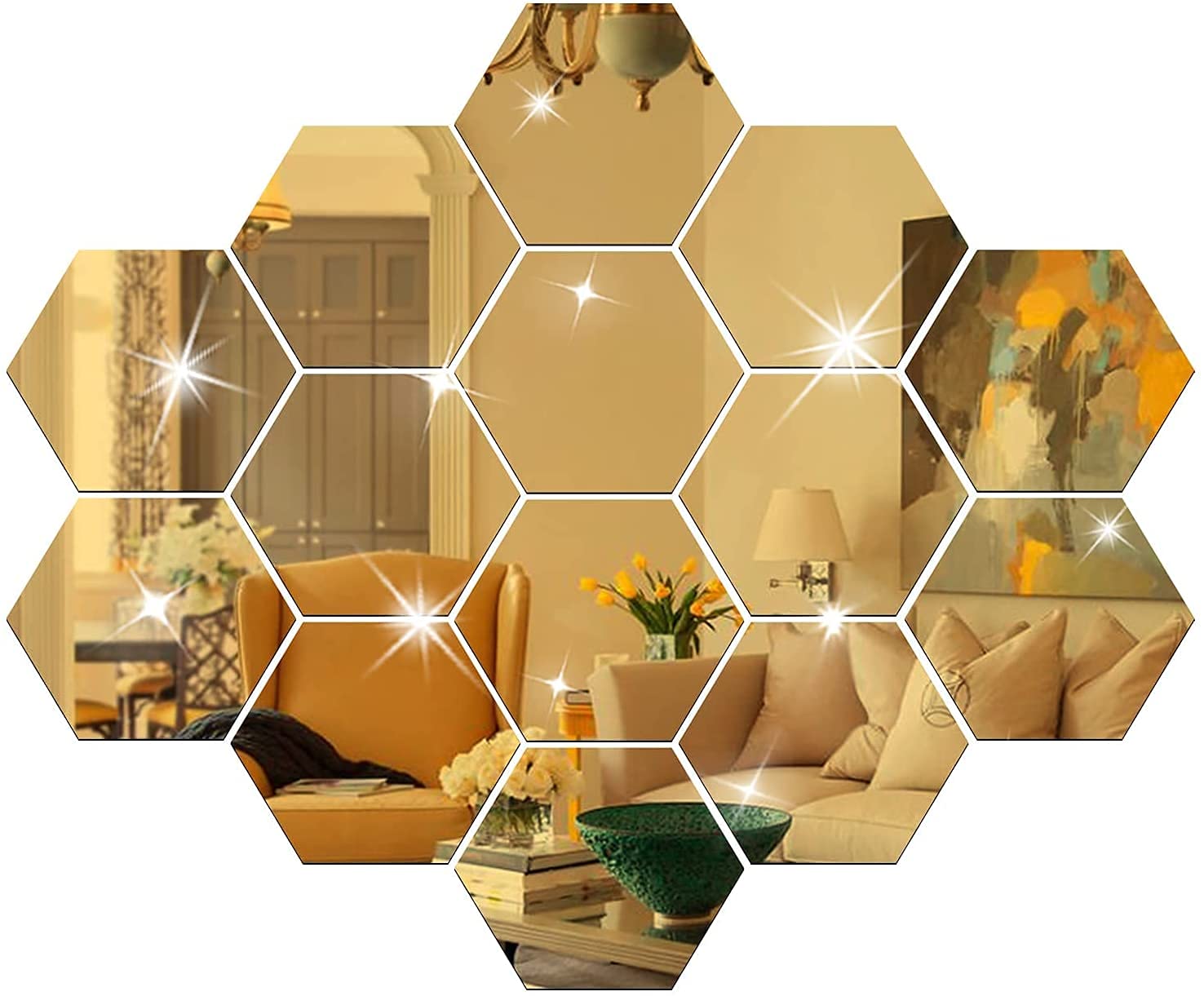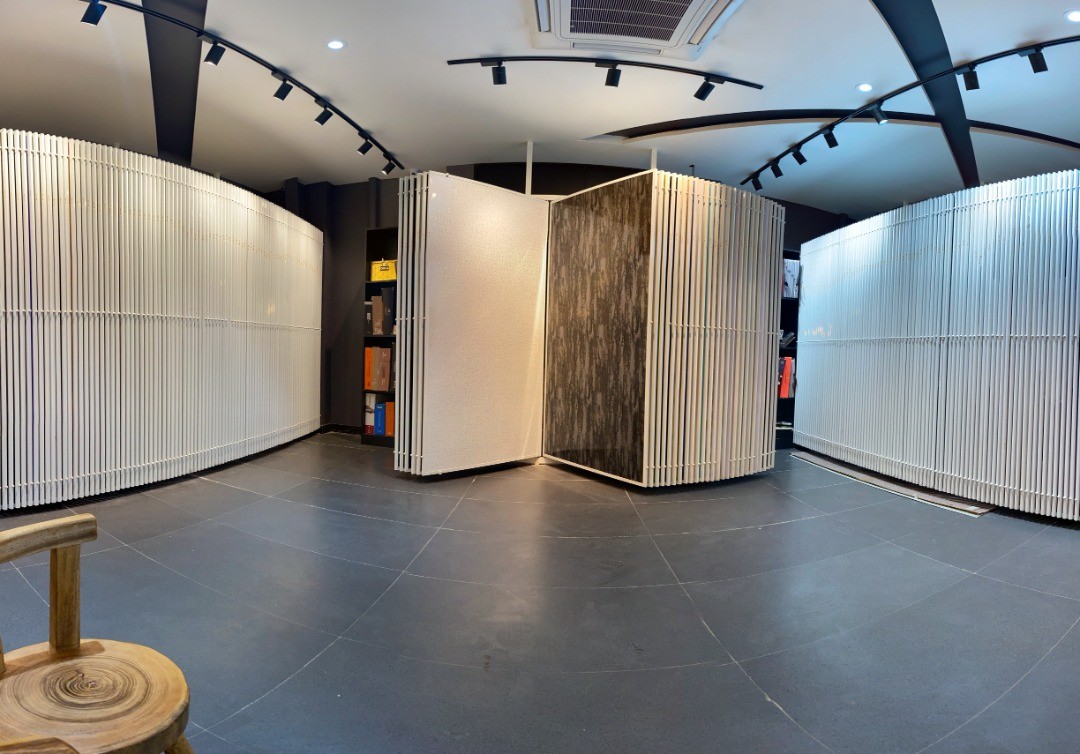Table of Contents
In the world of construction, design, and manufacturing, the choice of materials can significantly impact both the performance and aesthetics of a project. Among the various options available, clear acrylic sheets, often referred to as plexiglass, have gained widespread popularity due to their exceptional qualities that make them stand out against traditional materials like glass. From providing enhanced safety to offering long-term durability, acrylic sheets have proven to be the preferred material for a vast array of applications across different industries.
This article delves into the numerous benefits of clear acrylic sheets, exploring why they have become the go-to material for countless uses. Whether it’s their superior strength, versatility in design, or cost-effectiveness, acrylic continues to be a material of choice for designers, architects, and manufacturers alike. In addition to these qualities, we will also examine two additional advantages of acrylic sheets that make them even more desirable for specific applications. By the end of this article, you’ll have a comprehensive understanding of why acrylic is often chosen over other materials for both practical and aesthetic reasons.
1. Unmatched Safety: A Shatterproof Solution
One of the most significant advantages of acrylic sheets over other materials, particularly glass, is their superior safety features. Unlike glass, which can shatter into dangerous shards when broken, acrylic is designed to be much more resilient. Acrylic sheets are impact-resistant and will not break into sharp fragments upon impact, reducing the risk of injury. This makes them an ideal choice for environments where safety is a priority.
Acrylic’s ability to absorb and distribute impact energy without fracturing makes it an essential material in locations like schools, hospitals, playgrounds, and public spaces. Additionally, in high-traffic areas where the risk of accidents is higher, acrylic provides an extra layer of protection compared to more fragile materials like glass. Furthermore, this safety feature is crucial for use in areas that require frequent cleaning or in facilities where accidents involving broken glass could pose significant hazards.
2. Durability That Lasts
Acrylic is a highly durable material that surpasses glass in terms of strength and impact resistance. It is far less likely to crack, chip, or shatter, even under significant pressure or impact. This durability makes acrylic sheets ideal for high-stress environments such as construction sites, transportation, and industrial applications where materials are subjected to frequent wear and tear.
What sets acrylic apart from other materials is its ability to maintain its structural integrity over time. Acrylic sheets are highly resistant to weathering and can withstand exposure to various environmental factors, including wind, rain, and UV rays, without deteriorating. This makes acrylic an excellent choice for both indoor and outdoor applications. For example, acrylic is frequently used in the construction of windows, skylights, and protective barriers that need to withstand the elements and retain their clarity for years to come.
3. Flexibility for Creative Applications
Another key benefit of acrylic is its flexibility. Unlike glass, which is rigid and can only be shaped or cut with difficulty, acrylic sheets are more flexible and can be easily molded or formed into a variety of shapes. This flexibility allows designers, architects, and manufacturers to create unique designs and customized products that would otherwise be difficult or impossible to achieve with traditional materials.
Acrylic sheets can be bent, cut, drilled, and shaped into various configurations without compromising their structural integrity. This makes acrylic a popular choice for applications that require customized shapes or configurations, such as signage, decorative elements, and product displays. Whether it’s creating complex curves, intricate designs, or simple geometric shapes, acrylic provides the flexibility to bring creative ideas to life. Furthermore, acrylic can be easily modified in the field, making it an excellent choice for bespoke projects where precise modifications are needed.
4. Lightweight for Easy Handling and Installation
Clear acrylic sheets are significantly lighter than glass, which brings several advantages when it comes to handling, transportation, and installation. The lightweight nature of acrylic makes it easier to transport without the need for heavy-duty equipment, reducing overall logistics and transportation costs. This is particularly beneficial for large-scale projects where multiple sheets of material need to be moved across long distances or between various work sites.
In addition to making transportation more cost-effective, the lightweight quality of acrylic also simplifies installation. Acrylic sheets are much easier to handle and install compared to glass, which requires specialized equipment and more labor-intensive processes due to its weight and fragility. The reduced weight and ease of handling not only save time during installation but also contribute to a safer working environment by minimizing the risk of injury during the installation process.
5. Superior Insulation and Energy Efficiency
Acrylic excels when it comes to energy efficiency, providing better insulation compared to glass. Acrylic sheets have excellent thermal insulation properties, meaning they help regulate temperature by reducing heat loss or gain. This makes acrylic an ideal choice for applications where maintaining a stable temperature is important, such as in greenhouses, energy-efficient windows, and climate-controlled environments.
In addition to thermal insulation, acrylic sheets also offer superior UV protection. Unlike glass, which can allow harmful UV rays to pass through, acrylic can block a significant amount of ultraviolet radiation. This helps prevent fading and deterioration of materials within, making acrylic an excellent choice for outdoor signage, displays, and protective covers for sensitive materials. Acrylic’s UV resistance ensures that your projects maintain their appearance and function over time, even in direct sunlight or harsh outdoor conditions.
6. Transparency and Aesthetic Flexibility
One of the most attractive features of clear acrylic sheets is their exceptional clarity and transparency. Acrylic offers similar optical clarity to glass, allowing for clear visibility without distortion, making it an excellent choice for a variety of applications that require transparency. Acrylic is used in everything from windows, partitions, and display cases to protective screens and signage where visual appeal is a priority.
In addition to its clarity, acrylic can also be produced in a wide range of colors, textures, and opacities. Whether you need a completely transparent sheet or a tinted or frosted option, acrylic can be customized to suit any design requirement. This versatility in both appearance and functionality allows acrylic to be used in a variety of creative projects, including interior design, product displays, and artistic installations, where aesthetics play a major role.
7. Cost-Effectiveness: Quality Without the High Price
When compared to glass, acrylic sheets are often much more affordable, making them a cost-effective option for many projects. Although acrylic sheets may have a slightly higher upfront cost than some other plastic materials, they are generally less expensive than glass, especially when considering the additional costs of handling, installation, and potential breakage with glass. Acrylic’s long-term durability and low maintenance requirements make it an excellent value over time, as it is less likely to require frequent replacements or repairs.
Furthermore, the versatility of acrylic allows it to be used across a wide range of applications, from functional products to decorative designs. By reducing costs in manufacturing, transportation, and installation, acrylic becomes an economically viable option, particularly for large-scale or ongoing projects where budget constraints are a concern.
8. Environmental Benefits of Acrylic
As environmental concerns continue to grow, sustainable and eco-friendly materials are becoming more important than ever. Acrylic, while not biodegradable, is highly recyclable, meaning that it can be reused to create new acrylic products without losing its quality. This reduces waste and lowers the environmental impact of acrylic production. By choosing acrylic, you are making a conscious decision to support recycling initiatives and reduce your carbon footprint, especially compared to materials like PVC or certain composites that are more difficult to recycle.
Moreover, acrylic production is often more energy-efficient than the manufacturing of other materials like glass. Its lightweight nature requires less energy to transport, further decreasing its environmental impact during the supply chain process.
9. Low Maintenance and Longevity
Unlike materials such as wood or metal, acrylic does not require regular maintenance or repainting. It does not rust, corrode, or deteriorate in the same way other materials do over time. Acrylic retains its appearance for many years, even in outdoor conditions, without needing frequent upkeep. This low-maintenance quality makes acrylic an appealing choice for projects where longevity is a key consideration, such as in architectural applications, outdoor signage, or protective barriers.
Conclusion: Why Acrylic Sheets Are the Top Choice
Clear acrylic sheets have emerged as the material of choice for a wide variety of industries and applications due to their exceptional benefits. From safety and durability to flexibility and aesthetic versatility, acrylic provides a solution that surpasses traditional materials like glass in many ways. Whether it’s used for protective barriers, signage, windows, or displays, acrylic offers a combination of advantages that makes it the ideal choice for a wide range of projects.
Moreover, acrylic’s affordability, energy efficiency, and low maintenance further solidify its position as a top contender in the materials market. When choosing materials for your next project, whether it’s for commercial, residential, or creative applications, acrylic should undoubtedly be on your list of considerations. It’s a versatile, cost-effective, and environmentally friendly option that will deliver lasting value and performance.
Frequently Asked Questions (FAQs)
1. How does acrylic compare to glass in terms of strength and durability?
Acrylic is significantly stronger than glass. It is impact-resistant and less likely to break or shatter, making it a safer and more durable option for many applications, especially where safety is a concern.
2. Can acrylic sheets be used outdoors?
Yes, acrylic sheets are highly resistant to UV rays and weather conditions, making them ideal for outdoor use. They are commonly used in applications like outdoor signage, skylights, and protective barriers.
3. How do I clean and maintain acrylic sheets?
Acrylic sheets are easy to clean with mild soap and water. To avoid scratching, always use a soft cloth or microfiber towel. Avoid using abrasive cleaners or harsh chemicals that can damage the surface.

